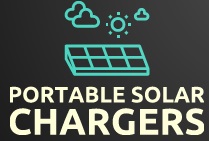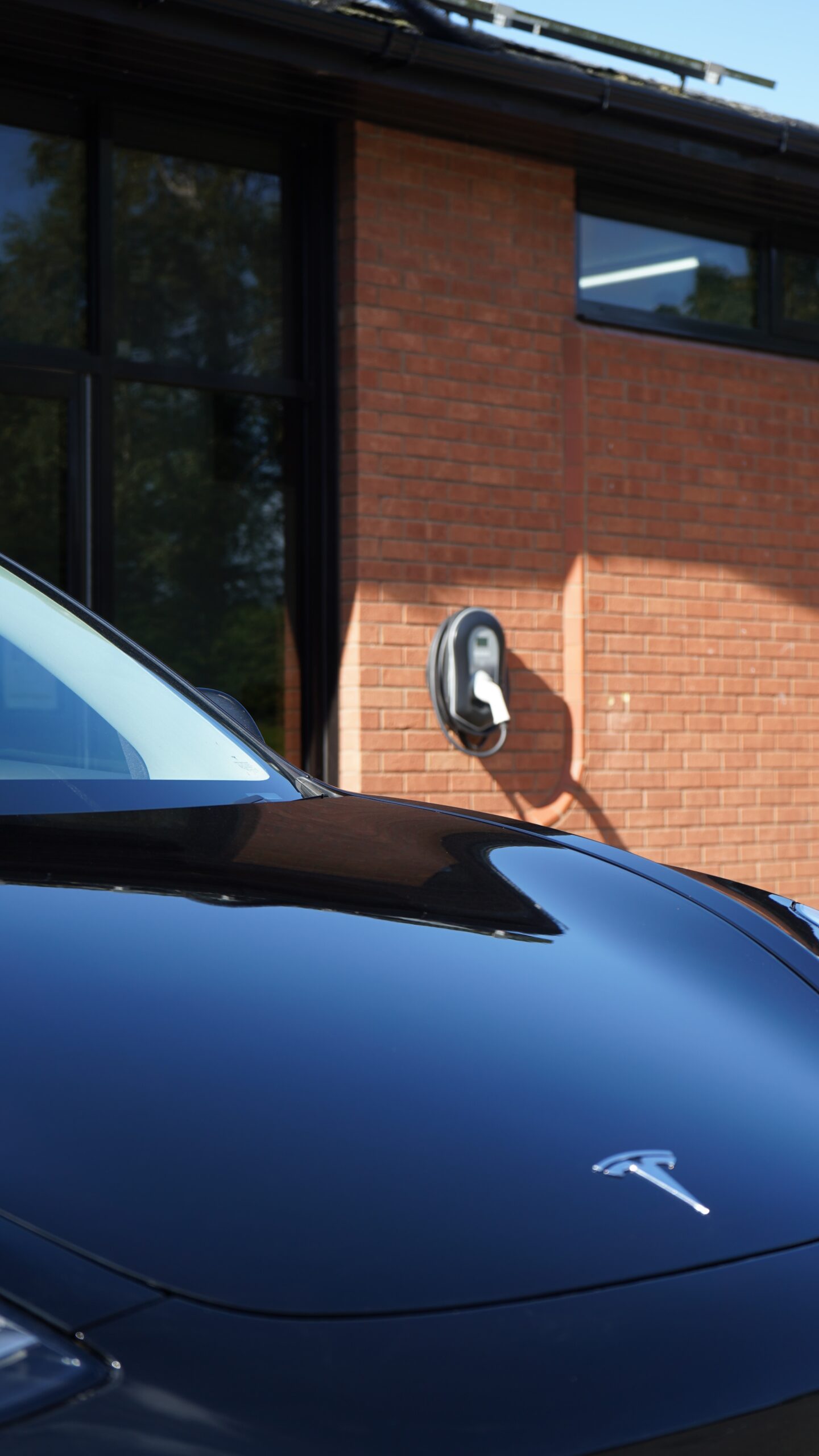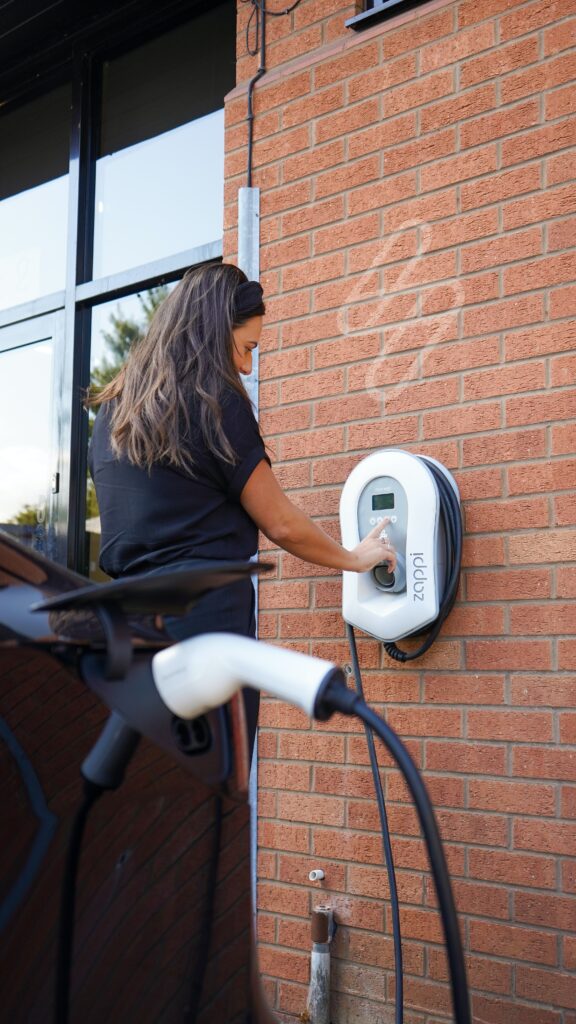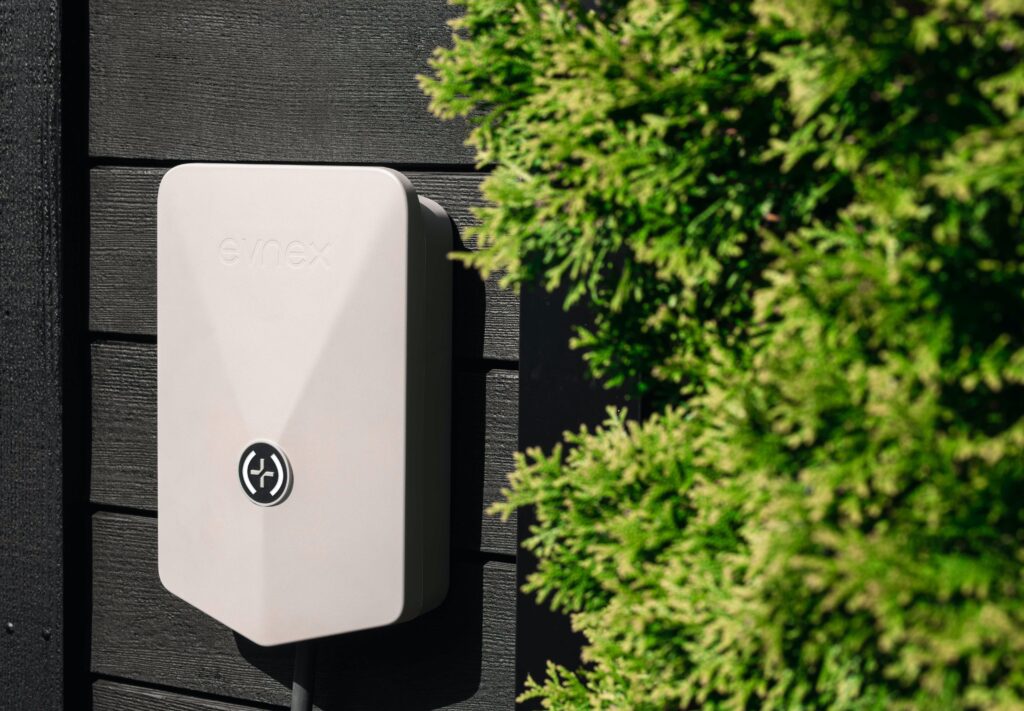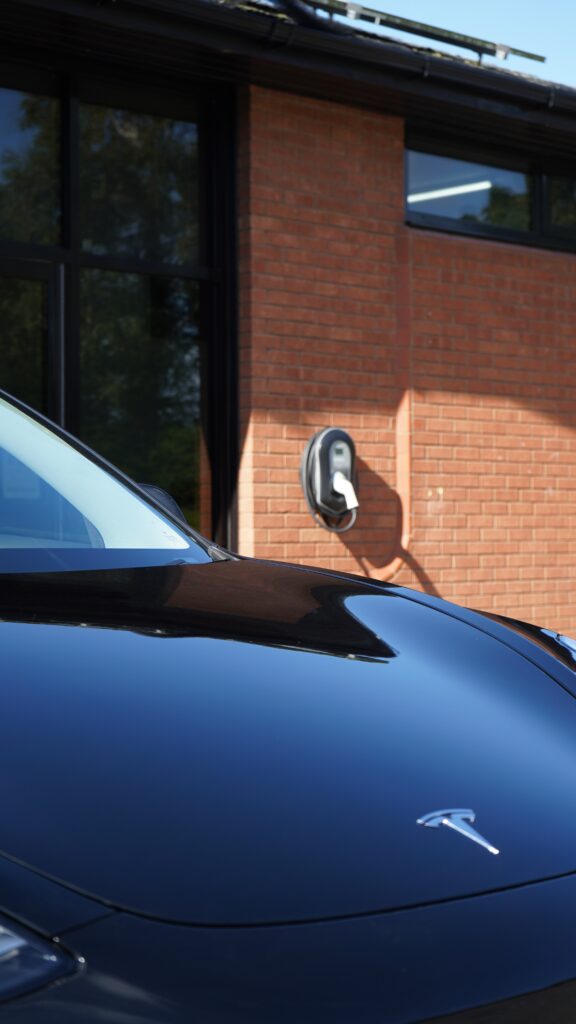Planning a backpacking trip and wondering if a solar charger would be a valuable addition to your gear? Look no further! In this article, we will explore the feasibility of using a solar charger for backpacking trips. Whether you’re trekking through the wilderness or exploring remote areas without access to electricity, we’ll discuss the advantages and considerations of relying on solar power to keep your devices charged. Let’s dive in, and discover if a solar charger is the perfect companionship for your next adventure!
Benefits of Using a Solar Charger for Backpacking Trips
Environmentally Friendly Charging
When you embark on a backpacking trip, you are likely surrounded by the beauty of nature. It only makes sense to choose a charging method that aligns with your commitment to the environment. Solar chargers provide a sustainable and eco-friendly way to charge your devices. By harnessing the power of the sun, solar chargers do not contribute to greenhouse gas emissions or deplete non-renewable energy sources. By opting for a solar charger, you can reduce your carbon footprint and enjoy the great outdoors guilt-free.
No Need for Electricity
One of the biggest advantages of using a solar charger for backpacking trips is the freedom from traditional electricity sources. When you are in remote locations, access to electricity can be limited or simply not available. With a solar charger, you can harness the power of the sun to charge your devices without relying on electrical outlets. This opens up a world of possibilities for your outdoor adventures, where you can embark on longer expeditions and stay connected without the need for an external power source.
Lightweight and Portable
As a backpacker, you are likely aware of the importance of keeping your gear lightweight and compact. Traditional chargers can add unnecessary weight and take up valuable space in your backpack. However, solar chargers are specifically designed with portability in mind. They are lightweight, compact, and easy to carry, making them the perfect charging solution for backpackers. Whether you are hiking up steep mountains or trekking through dense forests, a solar charger will not weigh you down and allow you to enjoy your trip with ease.
Factors to Consider Before Purchasing a Solar Charger
Solar Panel Efficiency
The efficiency of the solar charger’s panels plays a crucial role in its overall performance. High-efficiency solar panels can convert a greater amount of sunlight into usable energy, allowing for faster and more effective charging. When choosing a solar charger, look for one with a high solar panel efficiency rating, preferably above 20%. This will ensure that you can make the most out of the limited sunlight available in remote areas.
Charging Speed
The charging speed of a solar charger determines how quickly it can recharge your devices. Different solar chargers have varying charging speeds based on factors such as panel size, wattage, and weather conditions. Consider how quickly you need to charge your devices and choose a solar charger that meets your requirements. Keep in mind that charging speeds may be slower in cloudy or overcast conditions, so it is important to factor in potential weather obstacles.
Battery Capacity
Solar chargers often come with built-in battery storage, allowing you to store excess energy for later use. This is particularly useful when the sun is not shining or during nighttime. Battery capacity determines how much energy the solar charger can store, which affects the number of devices you can charge or the duration for which you can use them. Consider your power needs and select a solar charger with a suitable battery capacity to ensure you have enough power to keep your devices running throughout your backpacking trip.
Durability and Weather Resistance
Backpacking trips can expose your gear to various weather conditions, from scorching heat to torrential rain. It is essential to choose a solar charger that is durable and weather-resistant to withstand these elements. Look for solar chargers with sturdy construction and waterproof or water-resistant features. Additionally, consider the materials used in the solar charger’s build to ensure it can withstand the rough and tumble of outdoor adventures.
Choosing the Right Solar Charger for Backpacking Trips
Type of Solar Charger
Solar chargers come in various types, including solar panels, solar power banks, and solar backpacks. Each type has its advantages and disadvantages, so consider your specific needs and preferences. Solar panels are versatile, allowing you to charge multiple devices simultaneously. Solar power banks combine the convenience of a power bank with solar charging capabilities. Solar backpacks integrate solar panels into the backpack itself, providing a convenient all-in-one solution.
Wattage and Power Output
The wattage of a solar charger determines the amount of power it can generate. Higher wattage solar chargers generally have faster charging speeds and can handle larger devices. Consider the power requirements of your devices and select a solar charger with sufficient wattage to meet your needs. Additionally, pay attention to the power output specifications of the solar charger, as some devices may require specific voltage or current levels for optimal charging.
Size and Weight
As a backpacker, space and weight are valuable commodities. Choose a solar charger that is compact and lightweight, allowing you to easily fit it into your backpack without adding unnecessary bulk. However, ensure that the size and weight do not compromise the charging capabilities or durability of the solar charger. Strike a balance between portability and functionality to find the perfect solar charger for your backpacking trips.
Built-in Features and Compatibility
Solar chargers often come with built-in features that enhance their functionality. Look for additional features such as USB ports, LED indicators, and built-in cables that can simplify the charging process and increase convenience. Additionally, consider the compatibility of the solar charger with your devices. Ensure that it supports the charging requirements of your smartphones, tablets, cameras, or other devices that you plan to bring on your backpacking trips.
Proper Handling and Maintenance of Solar Chargers
Precautions for Outdoor Use
When using a solar charger outdoors, it is important to take precautions to ensure its safety and longevity. Avoid exposing the solar charger to extreme temperatures or direct sunlight for prolonged periods, as this can reduce its efficiency or cause damage. Use a protective case or cover when not in use to shield it from dust, moisture, or potential impacts. Additionally, be mindful of the solar charger’s positioning to avoid accidents or tripping hazards.
Cleaning and Storage
Regular cleaning and proper storage are essential for maintaining the performance and longevity of your solar charger. Clean the solar panels with a soft cloth or brush to remove dirt or debris that may obstruct sunlight absorption. Ensure that all the ports and connectors are free from dust or moisture before storage. When not in use, store the solar charger in a cool, dry place away from direct sunlight or extreme temperatures.
Solar Chargers vs. Other Charging Methods
Solar Chargers vs. Power Banks
Power banks are a popular alternative to solar chargers for backpacking trips. While power banks offer the convenience of portable charging, they rely on pre-charged battery power and eventually require recharging. On the other hand, solar chargers provide you with a self-replenishing power source, eliminating the need to constantly find AC outlets or carrying multiple power banks. Solar chargers offer an environmentally friendly and sustainable solution for longer trips where power banks may not be sufficient.
Solar Chargers vs. Portable Generators
Portable generators provide a significant power supply, making them suitable for charging large appliances or running multiple devices simultaneously. However, they are bulky, noisy, and rely on non-renewable fuel sources such as gasoline or propane. Solar chargers, on the other hand, are lightweight, compact, and silent. They allow you to generate power while leaving no carbon footprint, making them the ideal choice for eco-conscious backpackers who prioritize convenience and sustainability.
Tips for Maximizing Solar Charging Efficiency
Positioning the Solar Charger
To maximize the efficiency of your solar charger, it is essential to position it correctly. Place the solar panels in direct sunlight with minimal shading to ensure optimal sunlight absorption. If possible, adjust the position of the solar charger throughout the day to track the sun’s movement and capture the most sunlight. This simple adjustment can significantly improve the charging efficiency of your solar charger.
Using Reflective Surfaces
In situations where direct sunlight may be limited, you can enhance the charging efficiency of your solar charger by using reflective surfaces. Place a reflective material, such as aluminum foil or a mirror, behind the solar panels to redirect and concentrate sunlight onto the panels. This technique can help compensate for cloudy or shaded conditions and improve the overall charging performance.
Optimizing Charging Time
Solar charging efficiency depends not only on the capabilities of your solar charger but also on the duration of exposure to sunlight. Plan your charging sessions during the sunniest parts of the day, typically between 10 am and 4 pm. This way, you maximize the amount of sunlight available for charging. Additionally, position your solar charger to take advantage of optimal angles and keep it clean to ensure uninterrupted sunlight absorption.
Charging Devices with a Solar Charger
Compatible Devices
Solar chargers are compatible with a wide range of devices, including smartphones, tablets, cameras, GPS devices, and more. However, it is important to ensure that your devices are compatible with the specific solar charger you choose. Some devices may require specific charging cables or adapters, so check the compatibility specifications before purchasing. With the right solar charger, you can keep all your essential devices powered up and ready for use throughout your backpacking trips.
Charging Time and Capacity
The charging time of your devices with a solar charger depends on various factors, including the capacity of the solar charger, the amount of sunlight available, and the power requirements of your devices. Charging via a solar charger may take longer compared to traditional electrical outlets or power banks. It is crucial to plan your charging needs accordingly and allow sufficient time for your devices to charge fully. Consider the capacity of your solar charger and the power requirements of your devices to estimate the charging time needed for optimal planning.
Dealing with Cloudy or Rainy Conditions
Alternative Charging Options
While solar chargers excel in sunny conditions, they may face challenges in cloudy or rainy weather. During such conditions, it is helpful to have alternative charging options available. Consider carrying a power bank or another portable charging device as a backup. This way, you can charge your devices using stored battery power when sunlight is scarce. It is always wise to have a backup plan to ensure you stay connected and have access to power throughout your backpacking trip.
Conserving Energy
In situations where cloudy or rainy weather persists, energy conservation becomes crucial to prolong the duration of device usage. Minimize the use of power-draining features and applications on your devices. Adjust the screen brightness to a lower level and close unnecessary apps to save energy. By conserving device energy, you can extend the battery life and reduce the frequency of charging requirements, making your stored power last longer until sunny conditions return.
Benefits of Using a Solar Charger: Exploring in Remote Areas
Independent Power Source
One of the greatest benefits of using a solar charger for backpacking trips in remote areas is the independence it provides. Instead of relying on crowded charging stations or inaccessible electrical outlets, you can generate your own power. This independence allows you to explore remote and off-the-grid areas with confidence, knowing that you have a reliable and sustainable power source for your devices. It opens up a world of possibilities for exploration and enables you to connect with nature on a deeper level.
Staying Connected in Emergencies
In case of emergencies during your backpacking trips, a solar charger can be a lifesaver. It provides a means of communication and access to emergency services. With a fully charged device, you can make phone calls, send distress signals, or use GPS navigation to find your way to safety. The ability to stay connected in emergencies can provide peace of mind and potentially save lives. A solar charger ensures that you are prepared and have the means to reach out for help when needed.
Conclusion
Using a solar charger for backpacking trips offers numerous benefits, including environmental friendliness, freedom from traditional electricity sources, and portability. When choosing a solar charger, factors such as solar panel efficiency, charging speed, battery capacity, and durability are crucial. Consider the type of solar charger, wattage, size, and compatibility to find the right one for your needs. Proper handling and maintenance, along with maximizing solar charging efficiency, ensure optimal performance. While solar chargers face challenges in cloudy or rainy conditions, alternative charging options and energy conservation techniques can help. The independence and the ability to stay connected in emergencies make solar chargers a valuable companion for backpackers exploring remote areas. With a solar charger by your side, you can enjoy your backpacking trips with peace of mind, knowing that you have a reliable and sustainable power source for all your devices.
